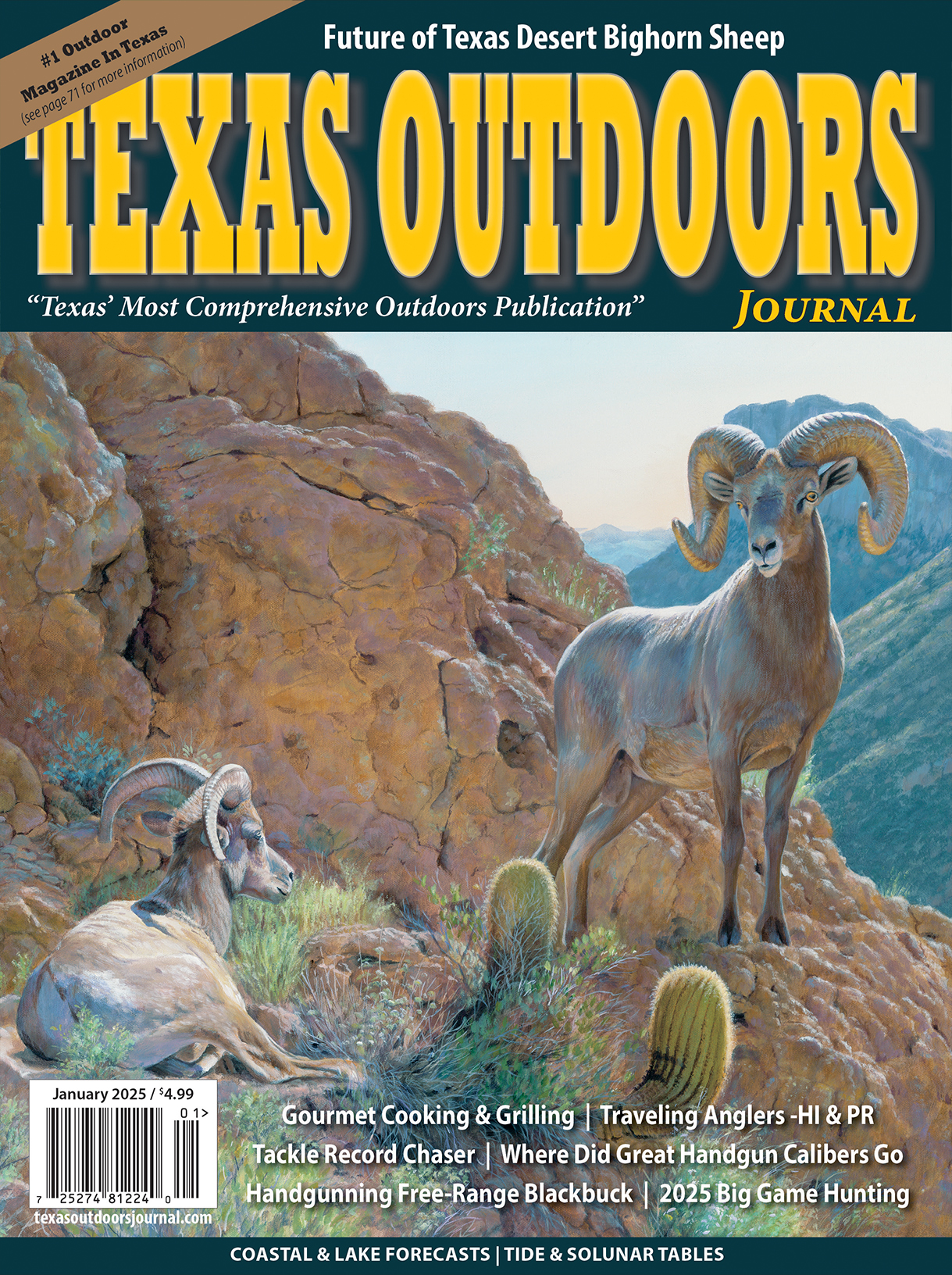
Regulation Helping to Keep Redfish Bay Seagrass Healthy after 10 Years
AUSTIN —Texas Parks and Wildlife Department (TPWD) field sampling surveys show a significant reduction in propeller scarring since it became illegal to destroy any of the five species of seagrass found in the Redfish Bay State Scientific Area (RBSSA) a decade ago.
Motorboat “prop scars” are created when a boat propeller digs into the bay bottom where seagrass occurs, effectively uprooting and destroying these important aquatic vegetation communities in the process. This typically occurs when a boat accelerates to get on plane in extremely shallow water, although it can occur at any operating speed when the water is shallow enough for the propeller to come in contact with the sediment and roots of the seagrass plants.
“Seagrasses have great economic and environmental importance,” said Faye Grubbs, TPWD Upper Laguna Madre Ecosystem Leader. “It is estimated that an area of seagrass equal to one soccer field carries a value in ecological services of $35,000 a year.”
A 45 percent reduction in propeller scarring state coastal fisheries biologists observed in RBSSA roughly equals a reduction of impacted seagrass beds the size of 60 soccer fields — an annual gain of about $2.1 million in the RBSSA alone.
Of the estimated 235,000 acres of seagrasses found in Texas, 14,000 acres of pristine meadows can be found in the RBSSA. According to TPWD, these nursery grounds provide vital habitat for commercially and recreationally important fish, shrimp and crabs. In addition, they help to improve water clarity and quality and store excess carbon in their tissues helping to reduce green-house gasses.
In 2013, the documented success of the RBSSA regulation prompted the Texas Legislature to outlaw the uprooting of seagrass with a boat propeller coastwide.
“Seagrass beds provide a structurally diverse habitat for recreationally and commercially important species, such as red drum, black drum and spotted seatrout,” said Mark Lingo, TPWD Coastal Fisheries Science Director. “These juvenile fish can find refuge from predators in seagrass beds, as well as a copious supply of prey living within the grasses.”
For years, TPWD and its conservation partners have worked to educate boaters and provide information about how to protect seagrass, while still enjoying the outdoors. Coastal fisheries staff have led a long list of outreach efforts involving billboards, booths at festivals, educational videos and more. Over 78 million outreach impressions have been made through the various seagrass related outreach events conducted by TPWD.
For more information, please visit the TPWD seagrass page (http://tpwd.texas.gov/seagrass).







